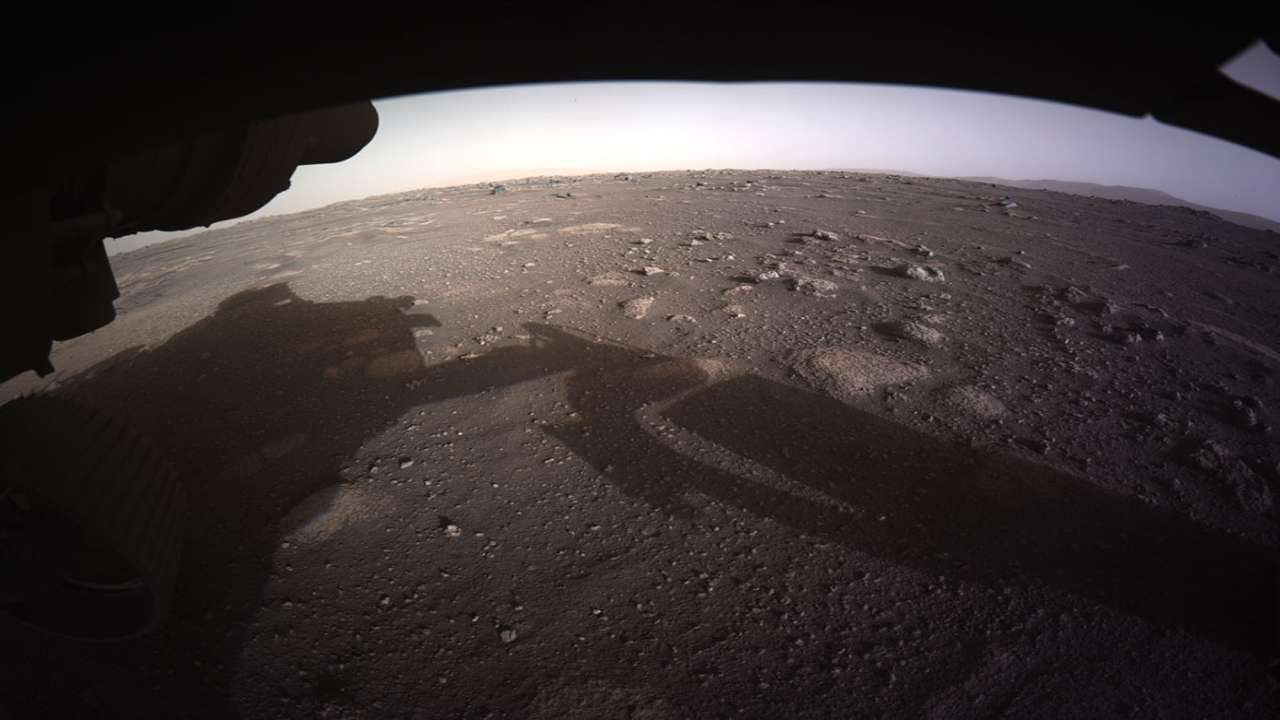NASA scientists described the Perseverance as the most ambitious of nearly 20 US missions to Mars dating back to the Mariner spacecraft's 1965 fly-by.
NASA's Perseverance Mars Rover successfully landed on the Red Planet on Friday (February 19) about 2.25 am (IST) on the floor of a vast crater.
The Perseverance Rover landed on the 'Jezero Crater' on Mars, in a high-risk mission. It is aimed to look for traces of ancient life on the planet.
NASA scientists described the Perseverance as the most ambitious of nearly 20 US missions to Mars dating back to the Mariner spacecraft's 1965 fly-by. It is interesting to note that Indian-American Swati Mohan had virtually spearheaded the successful landing of Perseverance. The landing was perceived to be “so dangerous” it was nicknamed “7 minutes of terror”.
Mars rover, Perseverance, is using the same processor that was used in Apple's iMac computers in the late 1990s. Let us explore why it is being used in the space-exploration mission.
1. Why is such outdated technology being used?
)
It can withstand intense radiation and temperatures. Mars cannot provide much protection against these aforementioned features.
"A bad burst of radiation can badly wreck the sensitive electronics of a modern processor," a report stated.
2. Ruggedness and reliability over speed
)
Matt Lemke, Nasa's deputy manager for Orion's avionics stated that it's about ruggedness and reliability and not about speed.
3. Perseverance has two computing modules
)
Perseverance has two computing modules, and one is a backup in case something goes wrong.
4. Indian origin NASA professor controls Mars rover
)
A 55-year-old NASA professor named Sanjeev Gupta is controlling Mars rover Perseverance on the Red Planet from a flat above a salon on London, UK. Gupta, who is of Indian origin, is currently working from a one-bedroom flat in London at a time when he should be with other scientists at mission control in California, US. The NASA professor is living in London because COVID-19 pandemic has forced him to work from home.
5. What is the purpose of Mars Rover?
)
According to NASA, the cameras on the rover will help scientists assess the geologic history and atmospheric conditions of Jezero Crater and will assist in identifying rocks and sediment worthy of a closer look by the rover’s other instruments. Additionally, the cameras also will help the mission team determine which rocks the rover should sample and collect for eventual return to Earth in the future.